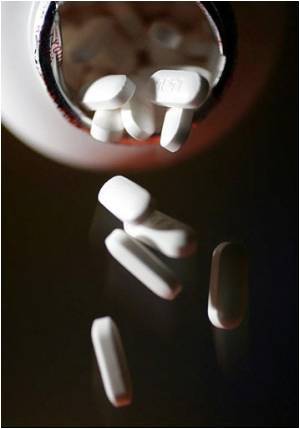Researchers at the University of Missouri (MU) have created a new drug that is ten times more potent than the current cancer -treating drugs.
In a new effort, MU medicinal chemists added a special structure to an anticancer drug and developed a more potent medicine to treat the serious disease.According to Mark W. Lee Jr., assistant professor of chemistry in College of Arts and Science, there has been an increasing interest in using carboranes in drug design.
Carboranes consists of three elements — boron, carbon and hydrogen—that exist as a cluster. Carboranes work by aiding the drug to bind to the target, thus creating a more efficient mechanism that can destroy the cancer cells.
All cells in the body produce energy through multi-step, complex processes. Cancer cells, which multiply uncontrollably, are more dependent on energy for survival. Therefore, one of the key features of a cancer drug is to target the energy that the malignant cell uses for its growth and survival. Lee and his fellow researchers used carboranes to create novel drugs that were designed to shut off energy production within the cancer cell.
By increasing the binding strength of a drug, only a smaller dose is required. Besides, side effects are minimized while the effectiveness of the therapy increases. Lee said that this discovery also would lead to further uses for the drug.
Another unique feature of the new drug is that it prevents the cancer cells from repairing themselves and reinvading the body like they do very often after radiation therapy or chemotherapy.
The study is the first of its kind to demonstrate how carboranes can effectively improve drug functioning and it hopes to find other ways for improving drugs for treating not just cancer but other diseases as well.
The present study was published in the Journal of Medicinal Chemistry, which is a publication of the American Chemical Society.
Source-Medindia










